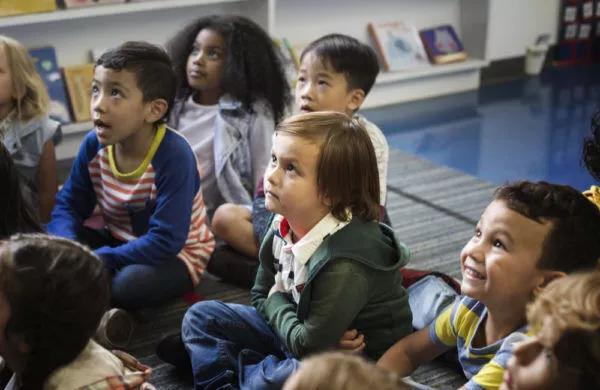Cultural literacy, encompassing the understanding and appreciation of diverse cultures, plays a pivotal role in shaping modern education. Its significance goes beyond classrooms, influencing societal perspectives and fostering a more inclusive and tolerant world.
Introduction to Cultural Literacy
Cultural literacy refers to the ability to comprehend, respect, and interact effectively with people from diverse cultural backgrounds. In an increasingly interconnected world, understanding cultural diversity is crucial for individuals and society.
Understanding Diversity in Education
Embracing cultural diversity in educational settings creates inclusive environments that nurture tolerance and respect among students.
The Benefits of Cultural Literacy
Fostering Tolerance and Empathy: Exposure to diverse cultures cultivates empathy and understanding, breaking down barriers and fostering harmonious relationships.
Enhancing Critical Thinking and Creativity: Exposure to diverse perspectives encourages critical thinking and creativity, leading to innovative solutions to global challenges.
Preparing Students for Global Citizenship: Cultural literacy equips students with the skills necessary to thrive in an interconnected world, promoting global citizenship and appreciation for diversity.
Challenges in Promoting Cultural Literacy
Overcoming Biases and Stereotypes: Addressing biases and stereotypes is essential in creating inclusive environments that celebrate diversity.
Addressing Cultural Gaps in Curriculum: Ensuring that educational materials represent diverse cultures accurately and comprehensively is crucial for promoting cultural literacy.
Strategies to Promote Cultural Literacy
Incorporating Diverse Perspectives: Including diverse perspectives in curricula and teaching methods exposes students to a variety of cultural experiences.
Encouraging Open Discussions: Facilitating open dialogue allows students to explore and understand different cultures in a safe environment.
Implementing Inclusive Teaching Practices: Educators can adopt inclusive teaching practices that accommodate various cultural backgrounds and learning styles.
Role of Educators in Cultivating Cultural Literacy
Providing educators with training and resources is essential for fostering inclusive learning environments that celebrate diversity.
Impact of Cultural Literacy Beyond the Classroom
Cultural literacy extends its influence beyond education, contributing to societal tolerance, innovation, and community cohesion.
Cultural Literacy in a Globalized World
Understanding diverse cultures becomes increasingly vital in navigating global interactions and fostering cross-cultural understanding.
Measuring Success in Promoting Cultural Literacy
Assessing indicators of cultural literacy in educational settings helps gauge the impact on students and society.
Challenges and Future of Cultural Literacy
Continued efforts are necessary to address challenges and adapt cultural literacy education to evolving societal needs.
Conclusion
Cultural literacy in education is imperative for nurturing inclusive societies and preparing individuals for an interconnected world. Embracing diversity enriches educational experiences, fosters understanding, and promotes a harmonious global community.

FAQs
- Why is cultural literacy important in education?
- Cultural literacy fosters empathy, tolerance, and understanding among students from diverse backgrounds.
- It prepares individuals to navigate an interconnected world and promotes global citizenship.
- How can educators promote cultural literacy in classrooms?
- Educators can incorporate diverse perspectives into curricula and teaching materials.
- Encouraging open discussions, embracing inclusivity, and adopting inclusive teaching practices are effective ways to promote cultural literacy.
- What are the benefits of fostering cultural diversity in learning environments?
- Fostering cultural diversity enhances critical thinking, creativity, and problem-solving abilities among students.
- It creates inclusive spaces that celebrate differences, contributing to a more tolerant and harmonious society.
- What challenges exist in promoting cultural literacy, and how can they be addressed?
- Challenges include biases, stereotypes, and gaps in educational materials representing diverse cultures.
- Addressing biases through education, providing comprehensive and accurate resources, and promoting open dialogue can address these challenges.
- How does cultural literacy contribute to global citizenship and societal tolerance?
- Cultural literacy equips individuals with the skills to engage respectfully with diverse cultures, fostering global citizenship.
- Understanding diverse perspectives leads to increased tolerance, empathy, and the ability to build bridges across cultural divides.


